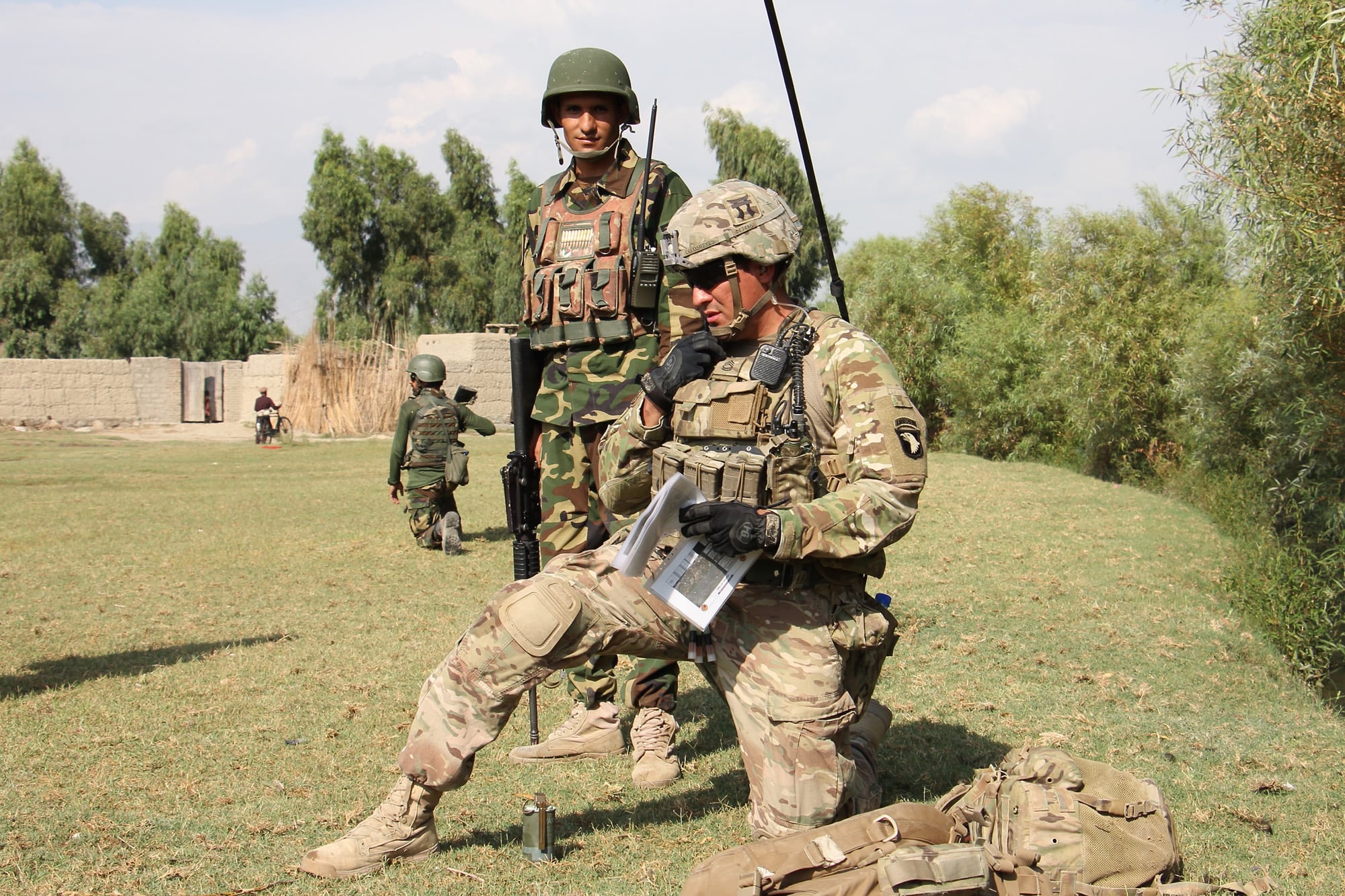Though the Army withdrew combat troops from Iraq and Afghanistan years ago, deployments to those countries have continued, with brigades heading over to support local forces.
But a brigade combat team is about 3,600 people, and the Army has been sending 1,500 at a time to do these missions, sidetracking the BCTs from their combat fundamentals. The fix?
The security force assistance brigade, a 529-man team of officers and senior noncommissioned officers, tasked specifically to train allied forces to help them maintain their own peace.
"By creating the structure and manning the structure of an SFAB, you will keep the brigade combat team in its entirety for a mission and have the SFAB available to do what we have brigades doing now," Human Resources Command boss Maj. Gen. Thomas Seamands told Army Times in a Tuesday phone interview.
Since unveiling the plan in February, the Army has been hand-selecting experienced soldiers to attend the newly stood-up, six-week Military Training Adviser Academy, which will get them ready to deploy around the world.
The first class is due to report to Fort Benning in October, and when the brigade comes together, it will include 360 enlisted soldiers and 169 officers, Seamands said.
Most of those enlisted will be senior NCOs, according to an HRC spokeswoman, but there are limited opportunities for more junior soldiers.
"The jobs are primarily in logistics, medical and signal fields," Lt. Col. Janet Herrick said.
"They'll learn how to be able to train and assist foreign armies and then after a year of training, they will deploy somewhere in the world to do that," he said.
The Army has three BCTs that are deployed for security assistance missions, according to a February release from the Army.
Over the next several years, SFABs will be trained up to take over for them.
Soldiers interested in signing up should contact their career assignment managers, Herrick said.
'Make those armies stronger'
The idea is to work up to six brigades, each aligned with a regional combatant commander. The first one will go to U.S. Central Command, Seamands said, but eventually each SFAB will be aligned to a regional combatant commander.
So while Iraq and Afghanistan are high priorities for SFABs, the brigades could deploy to support local forces in places like Europe, Africa and South America.
It's similar to Special Forces training missions, but will include the full range of brigade capabilities, from infantry to logistics.
"For example, Special Forces will go in, in small numbers, to train in Africa," Seamands said. "The intent is [the SFAB] will deploy and teach our allies how to do fire support, to do intelligence, to do medical things to make those armies stronger."
The brigade and battalion commanders have been chosen by Army leadership, he said, and now the brigade is looking for hundreds more to fill out companies that will have three teams of four trainers each and a headquarters.
For that reason, the Army is looking for officers and senior NCOs of all backgrounds. An SFAB tour would require a new set of orders to Fort Benning, where both the academy and the first brigade are based, for two to three years, Seamands said.
"They'll train the first year, deploy the second year, and in some cases, stay around for a third year," he said.
As an incentive, soldiers who volunteer for the SFAB will get to pick their follow-on orders, he added. That includes selecting a job for after attending the Sergeants Major Academy or Army War College, if that backs up to SFAB service.
Once the Fort Benning SFAB is up and running, the Army will turn to the National Guard to man the second one, Col. Brian Ellis, the maneuver division chief in the directorate of force management at the G-3/5/7 office, said in a release.
The third will begin training in the fall of 2018, though no decisions have been made about where it will be based, Ellis said.
Meghann Myers is the Pentagon bureau chief at Military Times. She covers operations, policy, personnel, leadership and other issues affecting service members.




